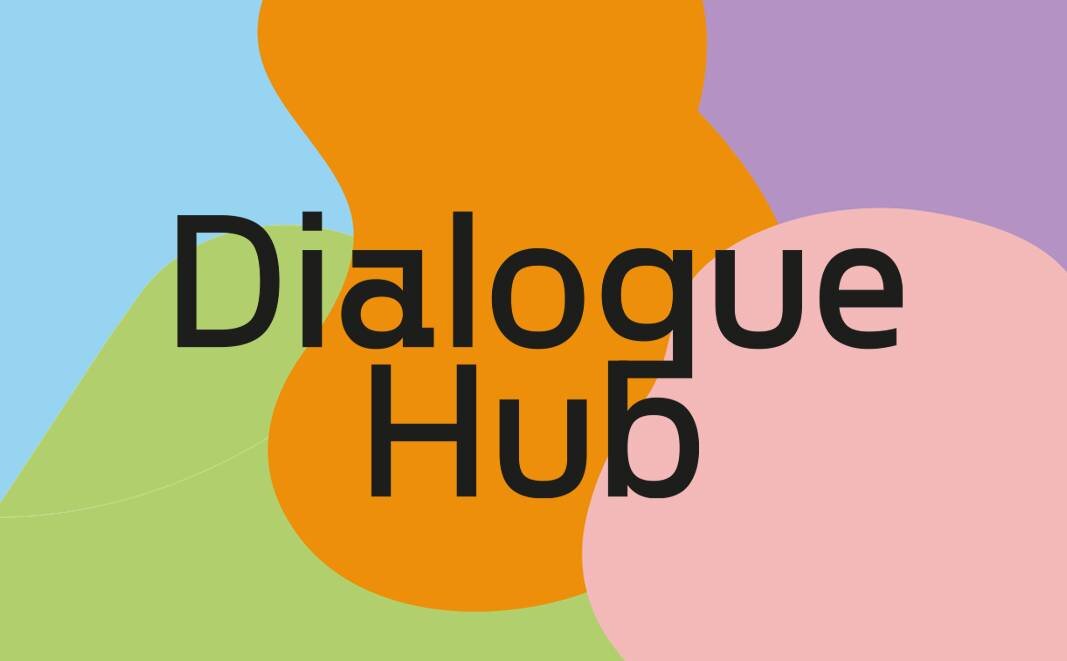Sightless Portraits
(Categories: Art / Any age )
Lesson Title: The Sightless Self-Portrait
Jorge Luis Borges, the famous poet, essayist and novelist, lost his sight in his 50s, after being appointed the director of the National Library of Argentina. Twenty years later, Borges drew a self-portrait for a private collector, a man named Burt Britton who collected self-portraits of “literary luminaries.”
Time: 1 Class period
Learning Objectives:
To explore self-expression through movement without sight
Curricular Connections:
Art & Design
Materials: Crayons, paints or colored pencils. Paper. Blindfolds.
STEPS:
Project Borge’s self-portrait to the class. Ask them what it is a picture of. Discuss.
Tell them it is a self-portrait of a man know as one of the “literary luminaries” or geniuses of modern literature. Tell them that he was blind when he drew it, but drew it slowly, deliberately.
Ask about the following elements and why someone might depict themselves in this way.
Color
Line
Thickness/texture
Split students into pairs. Explain student will have 10 minutes with which to draw themselves. They can do this in any way they choose--realistically or abstractly. The partner will assist in giving them requested colors and telling them if they’re going off the paper, etc.
Pair work: Student 1 wears the blindfold and begins. Students should refrain from laughing or commenting during the process, speaking only when help is requested. At the end of ten minutes, students can look at what they’ve created.
Repeat for the other partner.
DEBRIEF/SHARE:
Discussion Questions:
Ask for volunteers to share their work. Bring their self-portrait to the front of the class, and ask them to listen silently as the class discusses their choices, and what the image might represent about the student. (Were the lines curvy or jagged? What does this say about their energy? etc.) At the end, allow them to reflect briefly. Repeat for as many students as there is time for.
Closing question: What is more “true?” A portrait like this, or a visual representation of yourself? Why/why not?
Further Resources:
LitHub: “The Self-Portrait Jorge Luis Borges Drew After Going Blind” (also used as source material for this lesson)
